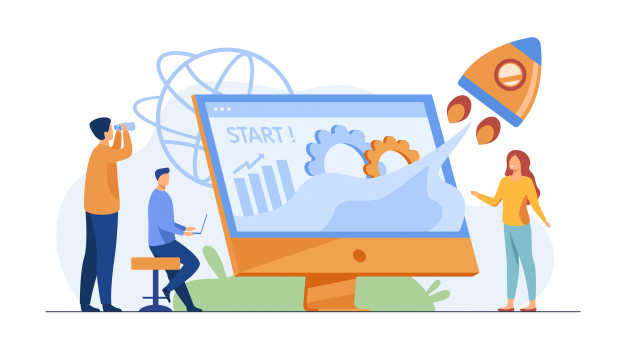For teachers, the COVID-19 Pandemic has become a great challenge, for which there is no preconfigured playbook that can guide appropriate responses. The crisis has, among other things, demonstrated the complexity of keeping young primary school students attentive to the online explanations of teachers, which is one of the main problems that teachers have encountered in their improvised online classes, as maintaining attention and motivation can be even more challenging when using new methodologies for blended, and distance learning, as the COVID19 breakout dictates.
Additionally, when it comes to second language teaching the obstacles might be even greater, as language acquisition in all its contexts, and especially in second language acquisition, is a complex process that can only become effective if the appropriate methods for total immersion of students in the natural language environment are created. The learning process that we typically find in the classroom, either that is based on traditional translation-based methods or more interactive everyday dialogues and material, still cannot be compared to the real experience that the students can have nowadays with the use of technology.
Augmented Reality (AR) can be defined as “a real-time direct or indirect view of a physical real-world environment that has been enhanced/augmented by adding virtual computer-generated information to it” [Carmigniani & Furht, 2011.]. A number of studies have uncovered its potential in language learning, as well as in increasing motivation among college students learning English (Li and Chen, 2014; Lu, Lou, Papa & Chung, 2011). Through its ability to use add-on digital assets to explore and expand scenes and locales from the real world, there is an obvious connection between AR and current theories of second language acquisition which emphasize localized, contextual learning and meaningful connections to the real world.
Also, using AR through mobile technologies facilities social interactivity, enabling interaction and collaborative learning, the benefits of which for second language acquisition have long been recognized (Chapelle, 2001). However, despite the fact that Several studies published in the last four years have shown that AR enhances learning and classroom interactions, helps students maintain positive attitude to learning, enhances collaboration, and motivates students to do better, so far its use in language classrooms has been limited. In primary education, as our observation based on the needs analysis we have implemented, the majority of students are required to learn English in the vast majority of EU Member States. Indeed, learning English is mandatory both within the education curriculum in several Member States but is also a requirement in finding a job, and so a number of them have almost 100 % of pupils learning this language already in primary education (some statistics).
The Target Groups
With the target groups being primary school teachers and VET trainers, and our main informants highlighting the existence of this need in our needs analysis, we propose the use of tools that help to engage students, and that have also been shown to improve learning and can be used ubiquitously through mobile devices in non-formal learning environments, outside the school. Thus, with this project named “AR4EFL – Transforming primary school students’ English as a Foreign Language Learning (EFL) with augmented reality (AR)” we aim to train school teachers to use AR when teaching English as a foreign language to young students, who are also the final beneficiaries of the project.
Project Objectives
•To create a realistic learning environment for learners of a second language so as to motivate them to learn.
•Design, test and publish an innovative educational package based on AR technology for primary school teachers that will guide and support their English (or any other) as second language teaching
•To provide quality training to primary school teachers on how to utilize the innovative educational package in traditional or virtual/online classroom.
Project results (Intellectual Outputs)
IO1: Desk research: A literature review comparing traditional approaches and augmented reality in language acquisition.
IO2: A teacher handbook with lesson plans for language learning through AR.
IO3: Augmented Reality application, with which we aim to generate a methodology that makes students an active part of learning, and also allows collaborative learning.
Project Activities
A Training Activity named “C1 – 3-days train the trainer workshop for VET trainers” will implemented in Nicosia, Cyprus on May 2022.
A Training Activity named “C2 – 5-days teachers professional development workshop in AR” will be implemented in Albergele, UK on July 2022.
The aim of these two training activities is to maximize the impact of the project allowing teachers and trainers to use the application effectively and give participants the necessary training and skills. Participants from each country will be selected for each activity.
Project Consortium
AR4EFL brings together 6 organizations from 5 different countries:
- Eurospeak Language School (UK)
- Stando (Cyprus)
- E-School (Greece)
- Blue Beehive (Spain)
- Learnmera (Finland)
- Conlan School (UK)
Project Duration
Start date: 1st of June 2021
End date: 31st of May 2023
Project Title
AR4EFL – Transforming primary school students’ English as a Foreign Language Learning (EFL) with augmented reality (AR)
Project Number
2020-1-UK01-KA226-SCH-094466
Stay tuned for more AR4EFL news!

